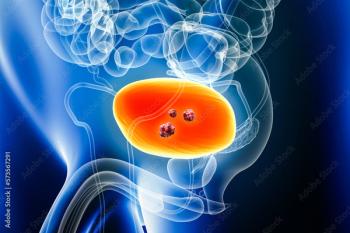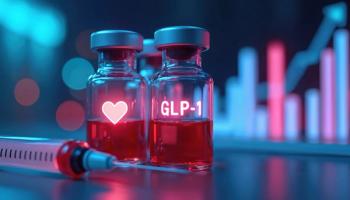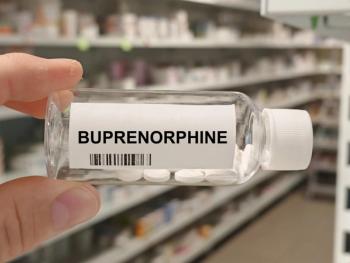
White House Asks for $1.1B to Combat Opioid Abuse
President Barack Obama's fiscal year 2017 budget proposal calls for an additional $1.1 billion to combat the nation's spiraling opioid epidemic.
President Barack Obama’s fiscal year 2017 budget proposal calls for an additional $1.1 billion to combat the nation’s spiraling opioid epidemic.
The funding would be applied to evidence-based opioid abuse and heroin use prevention programs,
Of the $1.1 billion allocation, $920 million would go toward funding cooperative agreements with states to provide additional drug-based treatment for those addicted to painkillers, including OxyContin, Percocet, hydrocodone, and morphine.
Each state’s individual funding would be determined based on both the severity of the opioid abuse epidemic in that state and the strength of its strategy to combat it.
West Virginia, for instance, has seen soaring rates of death related to opioid abuse.
“Opioid abuse and overdoses have hurt families from across this nation,” said US Department of Health and Human Services (HHS) Secretary Sylvia Mathews Burwell during a news conference. “My home state of West Virginia has felt the cost almost more than any other.”
Of the remaining funding, $50 million would be invested in the National Health Services Corps to expand access to substance use treatment providers, and $30 million would be used to evaluate the effectiveness of treatment programs using medication-assisted treatment, as well as identify opportunities for improvement.
In addition to the $1.1 billion, President Obama has asked for $500 million to fund
The President’s budget proposal follows an
Those goals include doubling the number of providers who prescribe naloxone and doubling the number of providers registered with their state PDMP in the next 2 years.
Stakeholders ranging from federal officials to drug addicts all have a role to play in combatting the opioid abuse epidemic, but pharmacists in particular can expect to play a critical role in curbing the problem.
The American Society of Health-System Pharmacists (ASHP)
Efforts to abate the opioid abuse epidemic must strike a balance between preventing addicts from obtaining inappropriate prescriptions and ensuring that
“ASHP and its members are focused first and foremost on ensuring appropriate pain management for our patients while balancing the essential need to ensure appropriate safeguards against fraud, misuse, abuse, and diversion of controlled substances,” ASHP CEO Paul W. Abramowitz, PhD, ScD (Hon), FASHP, affirmed.
The US Centers for Disease Control and Prevention (CDC) will also invest $8.5 million in training prescribers on safe opioid prescribing, developing clinical quality improvement measures, and educating the public.
CDC figures show that opioids were involved in 28,648 deaths in the United States in 2014.
Newsletter
Stay informed on drug updates, treatment guidelines, and pharmacy practice trends—subscribe to Pharmacy Times for weekly clinical insights.












































































































































































































